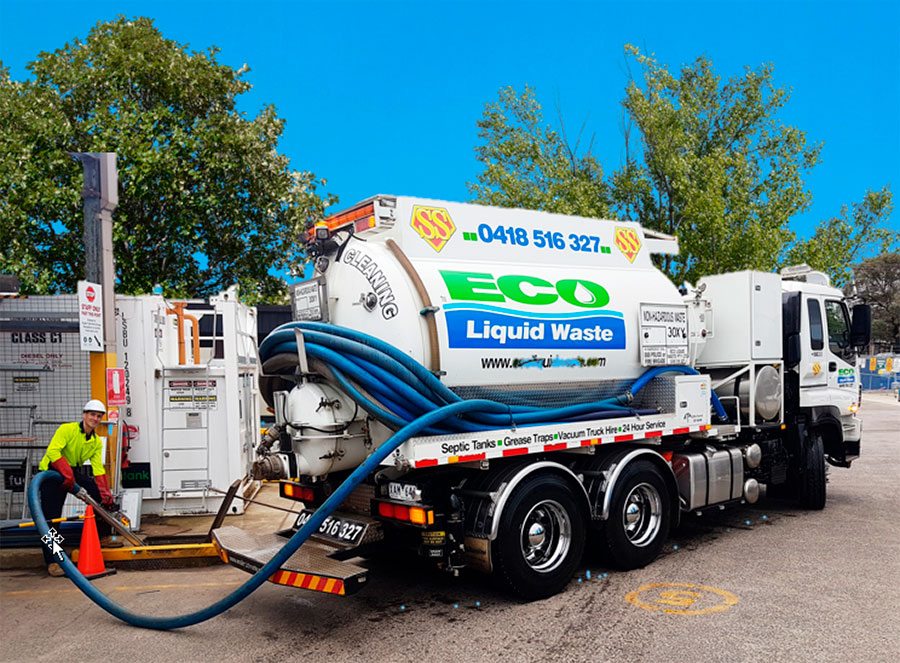Little Known Questions About Reclaim Waste.
Little Known Questions About Reclaim Waste.
Blog Article
The Best Guide To Reclaim Waste
Table of ContentsThe 4-Minute Rule for Reclaim WasteThe Main Principles Of Reclaim Waste A Biased View of Reclaim WasteUnknown Facts About Reclaim WasteIndicators on Reclaim Waste You Need To Know
Discover the types, occurrences, and kinds of liquid waste. Domestic sewage waste refers to the waste and items from a domestic sewage-disposal tank. This kind of waste is developed by humans in homes, schools, and various other structures. This only consists of sewage-disposal tanks that have a drainpipe field. The proper administration and disposal of domestic sewage waste require fluid waste to be transferred to a sewer therapy plant where the appropriate techniques and equipment are used to detoxify and throw away waste.
Industrial waste usually includes possible threats, such as flammable materials or a blend of fluid and strong waste products, and requires a much more innovative and detailed disposal process. The disposal of industrial waste normally includes the filtration of waste prior to transportation to ensure secure and correct disposal. Hazardous waste is developed from by-products and overflow of commercial processes and manufacturing.
This type of waste can not make use of the exact same sewer management transportation or procedures as septic or commercial liquids. The commercial waste monitoring process calls for the assessment and testing of liquid waste before it goes through the disposal process (industrial wastewater treatment). Runoff waste is the liquid waste that comes from drainage and excess stormwater in highly inhabited locations or cities
Drainage waste can cause contamination and flooding if not dealt with correctly. Making certain correct waste administration can avoid calamities and minimize environmental damage.
Things about Reclaim Waste
Contact PROS Solutions today to discover regarding our waste monitoring and disposal solutions and the proper means to take care of the fluid waste you create.
(https://www.metal-archives.com/users/reclaimwaste1)This supposed 'wastewater' is not only an essential resource yet, after therapy, will be launched to our land, waterways or the ocean. Utilized water from toilets, showers, baths, kitchen sinks, laundries and industrial processes is understood as wastewater.

water utilized to cool down machinery or tidy plant and devices). Stormwater, a type of wastewater, is drainage that moves from agricultural and metropolitan locations such as roof coverings, parks, gardens, roadways, paths and seamless gutters right into stormwater drains, after rainfall. Stormwater moves without treatment straight to local creeks or rivers, at some point reaching the ocean.
Some Known Incorrect Statements About Reclaim Waste
In Queensland, most wastewater is treated at sewer treatment plants. Wastewater is carried from residential or commercial sites through a system of sewage systems and pump stations, called sewerage reticulation, to a sewer therapy plant. Regional federal governments construct, preserve and operate most sewage treatment plants. Operators are certified under click to investigate the Environmental Management Act 1994 to release treated wastewater at an appropriate ecological requirement right into rivers.
The Division of Natural Resources advises city governments regarding managing, operating and preserving sewerage systems and therapy plants. In unsewered areas, city governments might need homeowners to mount individual or family sewer treatment systems to treat domestic wastewater from commodes, kitchens, washrooms and washings. The Department of Natural Resources authorizes making use of household systems when they are confirmed to be efficient.
In some brand-new neighborhoods, therapy of some stormwater to get rid of clutter, sand and gravel has actually started making use of gross pollutant traps. Wastewater therapy takes place in four phases: Gets rid of solid matter.
Wastewater then streams into large tanks where solids settle and are removed as sludge. Oil and scum are skimmed from the surface. Makes use of little living microorganisms called micro-organisms to damage down and eliminate staying dissolved wastes and great bits. Micro-organisms and wastes are included in the sludge. Removes nitrogen and phosphorus nutrients that could create algal blooms in our rivers and endanger water life.
Reclaim Waste Fundamentals Explained
Nutrient elimination is not available at all sewage treatment plants because it calls for costly specialised tools. Clear liquid effluent generated after treatment might still have disease-causing micro-organisms - liquid waste removal.

Many wastewater flows into the sewage system. Under the Act, local governments carry out approvals and licences for environmentally appropriate tasks (Periods) involving wastewater releases that may have a local impact.
The Reclaim Waste Ideas
Or else, examples are considered laboratory analysis. Usually several tests are required to establish the levels of each of the different pollutants such as oils, hefty metals and pesticides in water. Monitoring offers accurate information concerning water quality and can confirm that permit conditions are being satisfied. The information obtained with monitoring gives the basis for making water high quality decisions.
Report this page